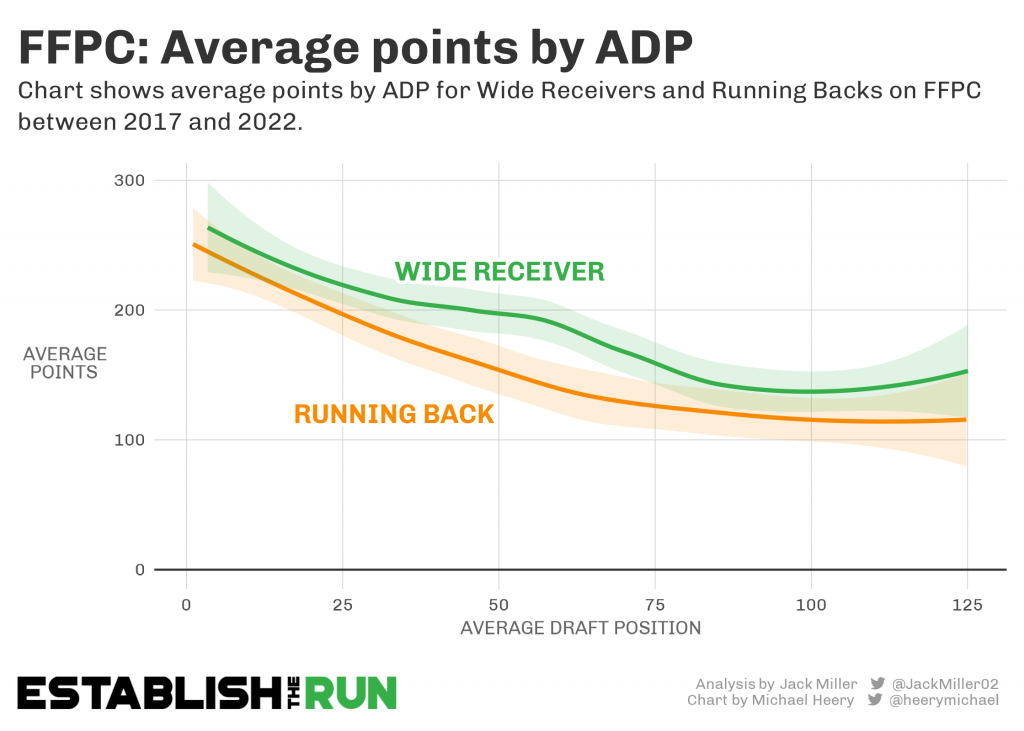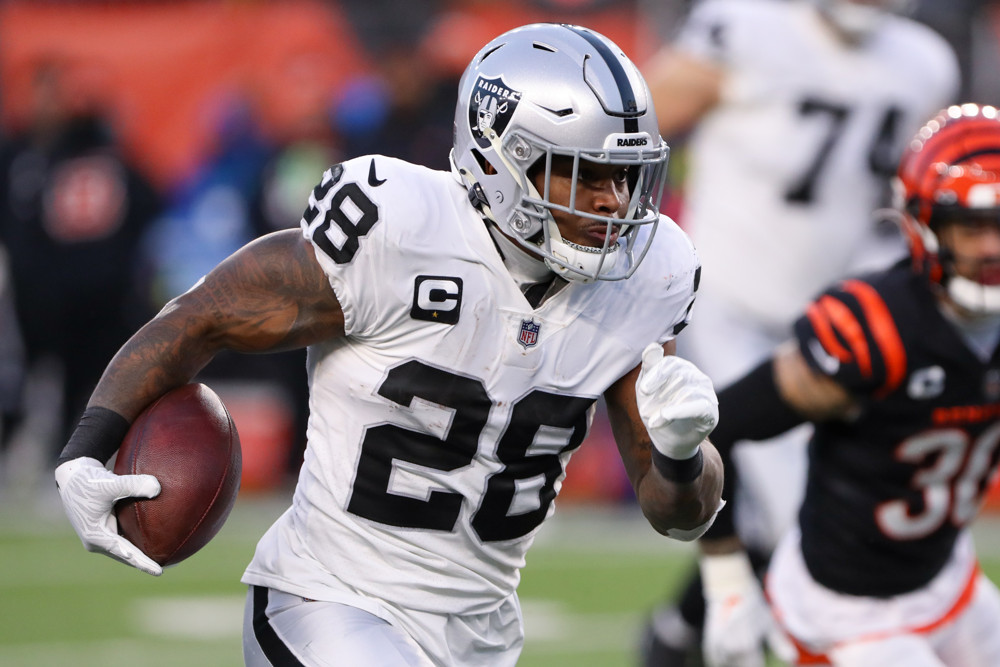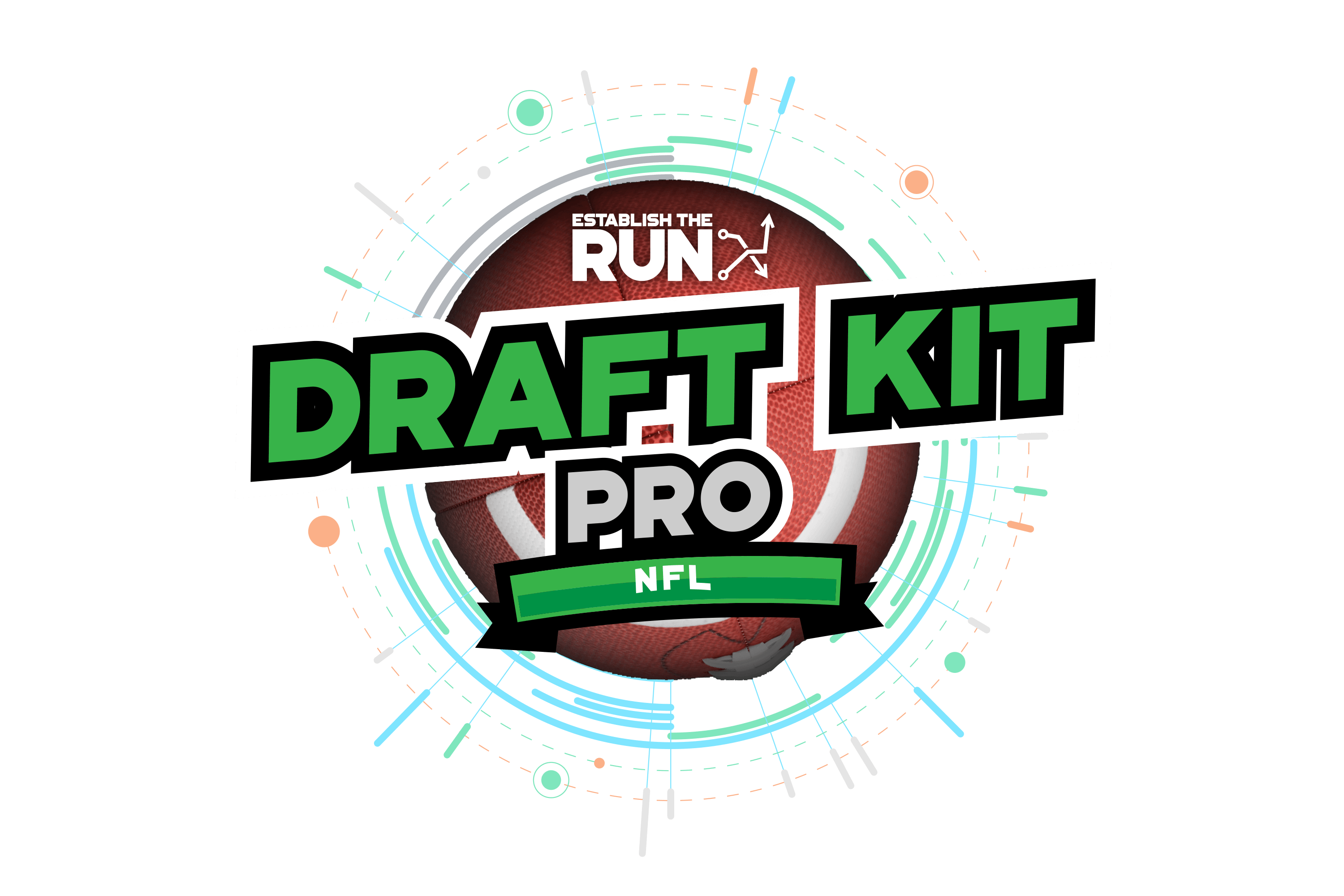In 2018, RotoViz’s Blair Andrews wrote an article that was fundamental in shaping how I view fantasy football and markets in general. This article was about whether the experts are better at picking the right players than the general public. His conclusion:
As it is, we can find an edge in one of two places. The first place to look for an edge is to try to get closer to reality than everyone else — that is, to be better at making predictions than everyone else. We’ve already seen that even experts fail to do this consistently.
The second way to find an edge is on the perception side, namely, to recognize systematic ways in which our perceptions tend to go wrong — in which ADP tends to go wrong. We might not be able to make better predictions than ADP, but if we can recognize systematic ways in which ADP tends to go wrong — the types of players that ADP tends to get wrong — then we can exploit those inefficiencies without needing to make better predictions. At least, that’s what I’m hoping to do in future installments.
Now, this was not a perfect test since some experts are (much) better than others at picking the right players, and FantasyPros ECR likely isn’t the best way to determine true expert opinion. Still, the idea that there are groups of players that are inefficiently valued by the market resonates.
For years, one of those systemic inefficiencies has been the “running back dead zone” — the well-demonstrated idea that running backs in Rounds 3-6 have often fallen short of ADP, while WRs in that range have flourished. However, as basically all markets do given enough time, we have seen the market shift to correct for this and the overvaluing of running backs overall. Best ball ADP has shifted dramatically; in fact, ADP now is almost incomparable to ADP two years ago, which renders market-blind analysis of previous best ball data useless.
Today, we’ll recap running back dead zone data from 2023 and dive into current ADP on both Underdog and FFPC, then attempt to determine whether the market has correctly adjusted for this inefficiency.
THE HISTORY OF THE RUNNING BACK DEAD ZONE
The idea of the running back dead zone stems from the pretty simple concept that RB scoring is relatively flat from Rounds 3 or 4 through the end of the single-digit rounds, while WR scoring remains high through the first five or six rounds before falling off dramatically. The graph below demonstrates this trend using FFPC data from 2017-2022. As you can see, the difference between the two positions is also at a relative maximum between Rounds 3-6 (approximate boundaries, not a hard cutoff). The gap between RB and WR was much smaller in Rounds 7-10, indicating that was the time to load up on runners after leaning hard into WRs in the dead zone. Player win rate data backed this up too, as RBs in Rounds 3-6 consistently had poor win rates, while those in Rounds 7-10 were generally above expectation. The opposite was true at WR.

In FFPC’s full-PPR format, WRs outscore RBs at all points within the first 10 rounds. That means your goal should be to start a WR in the flex every week, further incentivizing you to draft more WRs. That’s not to say that an RB will never find his way into the flex spot, but fantasy gamers on FFPC should be drafting as if they plan to start four receivers most weeks. Combine that with the flatness of RB scoring beyond the first 2-3 rounds and the harsh drop-off in WR scoring after Round 5/6, and the RB dead zone was born.
WHAT HAPPENED IN 2023?
Next, let’s look at what happened in the dead zone in 2023. In last year’s version of this article, we used RB10-25 and WR10-25 since those are typically the groups that go in Rounds 3-6. WRs trended up slightly, so mid-tier WR3s ended up squeezing in before the end of Round 6, but we’ll use the same cutoffs to keep the sample the same each year. As you can see, this group of WRs had a pretty normal year, while RBs dramatically underperformed.
We've created the best Draft Kit on the internet.
Our fantasy football Draft Kit Pro was created to prepare you with the highest-quality resources to help you win your league.
Our team of analysts, led by Evan Silva and Adam Levitan, create unmatched content and rankings to make sure you’re ready for draft day. While our Draft Kit is built for competitive fantasy players, we’ve made it fun and easy to consume.
If you aren’t satisfied with our Draft Kit for any reason, just email us within 48 hours of purchase and we’ll provide a full refund.
Full Draft Kit Overview » Already a subscriber? Log In


